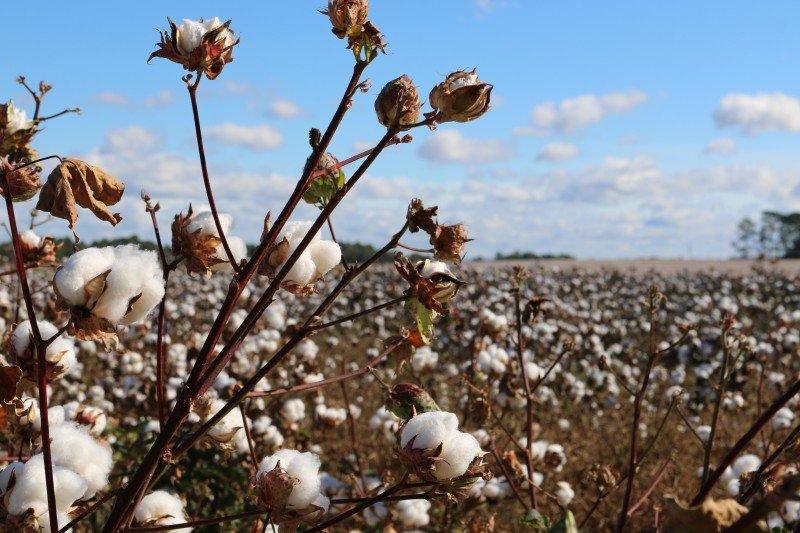Statements Clothing Academy
Statements Clothing |27/03, 2023

Statements Clothing Academy.
Todays subject: The Cotton Quality & grading.
----------------------------------------------------
Cotton quality grades are typically determined based on a variety of factors, including the length and strength of the cotton fibers, as well as factors such as color and cleanliness. The specific grading criteria can vary depending on the country and the organization responsible for setting the standards. In the United States, for example, cotton quality is graded by the U.S. Department of Agriculture (USDA) using a system that assigns grades based on factors such as staple length, strength, uniformity, and color.
For cotton used in the fashion industry, such as t-shirts, there may be additional criteria that are considered when setting quality grades. For example, the softness and feel of the cotton may be important factors to consider, as well as how well the cotton holds up to repeated washing and wearing. Additionally, there may be specific standards or certifications that are required by the fashion industry or by individual companies in order to ensure that the cotton used in their products meets certain quality and sustainability criteria.
there is a numbered gradelist that is commonly used to determine cotton quality. In the United States, the USDA assigns cotton quality grades based on a system that ranges from Grade 1 to Grade 5, with Grade 1 being the highest quality and Grade 5 being the lowest quality.
The grading system takes into account several factors, including the length and strength of the cotton fibers, as well as factors such as uniformity and color. Higher quality cotton typically has longer and stronger fibers, which can result in softer and more durable fabrics.
However, it's worth noting that cotton quality grades can vary depending on the specific use of the cotton. For example, cotton that is intended for use in high-end luxury clothing may need to meet more stringent quality standards than cotton that is used in more basic garments. Additionally, different countries may use different grading systems, so it's important to consider the specific context when evaluating cotton quality.
The world's largest supplier of cotton for the fashion industry is India. India is the world's largest producer and exporter of cotton, and it supplies cotton to many of the world's major clothing and textile manufacturers.
In addition to India, other major cotton-producing countries include China, the United States, Brazil, and Pakistan. However, the specific countries that supply cotton for the fashion industry can vary depending on factors such as price, quality, and availability.
It's worth noting that there has been a growing interest in sustainable and ethical sourcing of cotton in the fashion industry, and many companies are now looking to source cotton from suppliers that adhere to certain environmental and social standards. This has led to the development of various certification programs, such as the Better Cotton Initiative and Fairtrade cotton, which aim to promote more sustainable and ethical practices in the cotton industry.
Photo Cred: Trisha Downing
#statementsclothingofficial #statementsclothingacademy #fashionindustry #cottoncertifications

 Svenska
Svenska
 English
English
 Finska
Finska
 Norsk
Norsk
 Dansk
Dansk
 Italiano
Italiano
 Nederlands
Nederlands
 Français
Français
 Español
Español
 Polskie
Polskie